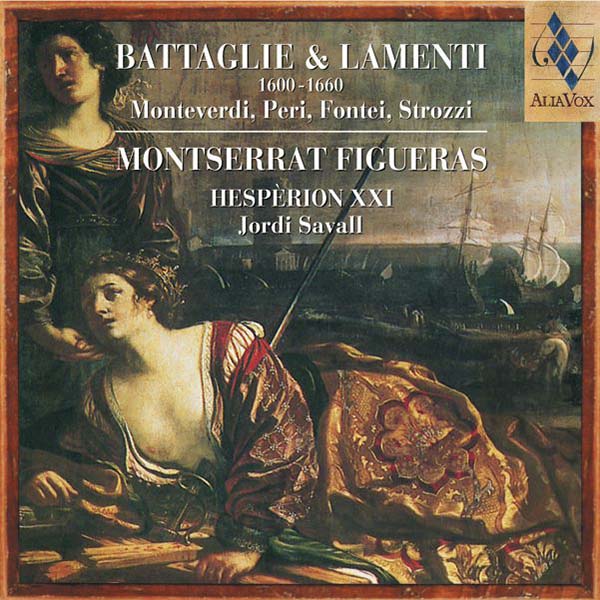BATTAGLIE & LAMENTI
Montserrat Figueras
Hespèrion XXI, Jordi Savall, Montserrat Figueras
15,99€
Out of stock
Reference: AV9815
- Montserrat Figueras
- Hespèrion XXI
- Jordi Savall
Battaglia and lamento are two genres which cover the whole range of musical expression in both the vocal and the instrumental music of the 17th century. These two distinct musical forms are nevertheless similar in content, in that they both bring historical events back to life.
The battaglia had its origins at the beginning of the 16th century, but Italy rapidly became the ideal place for this musical form to flourish, since the country was the favourite battleground between France and the Habsburgs. As reflections of scenes from life, the musical means used in these compositions reproduce the experience of reality: trumpet fanfares, drums, the clashing of swords, battle-cries, vivid rhythms, repeated notes, pipes, etc., as for example in Giuseppe Guami’s Canzon sopra la Battaglia or Samuel Scheidt’s Pavan & Galliard Battaglie. They were very popular in Venice at the beginning of the 17th century, and St Mark’s was the ideal place for them to be performed (Canzon in Echo, by Bastiano Chilese and Canzon III a 6 by Giovanni Gabrieli).
+ information in the CD booklet







Share